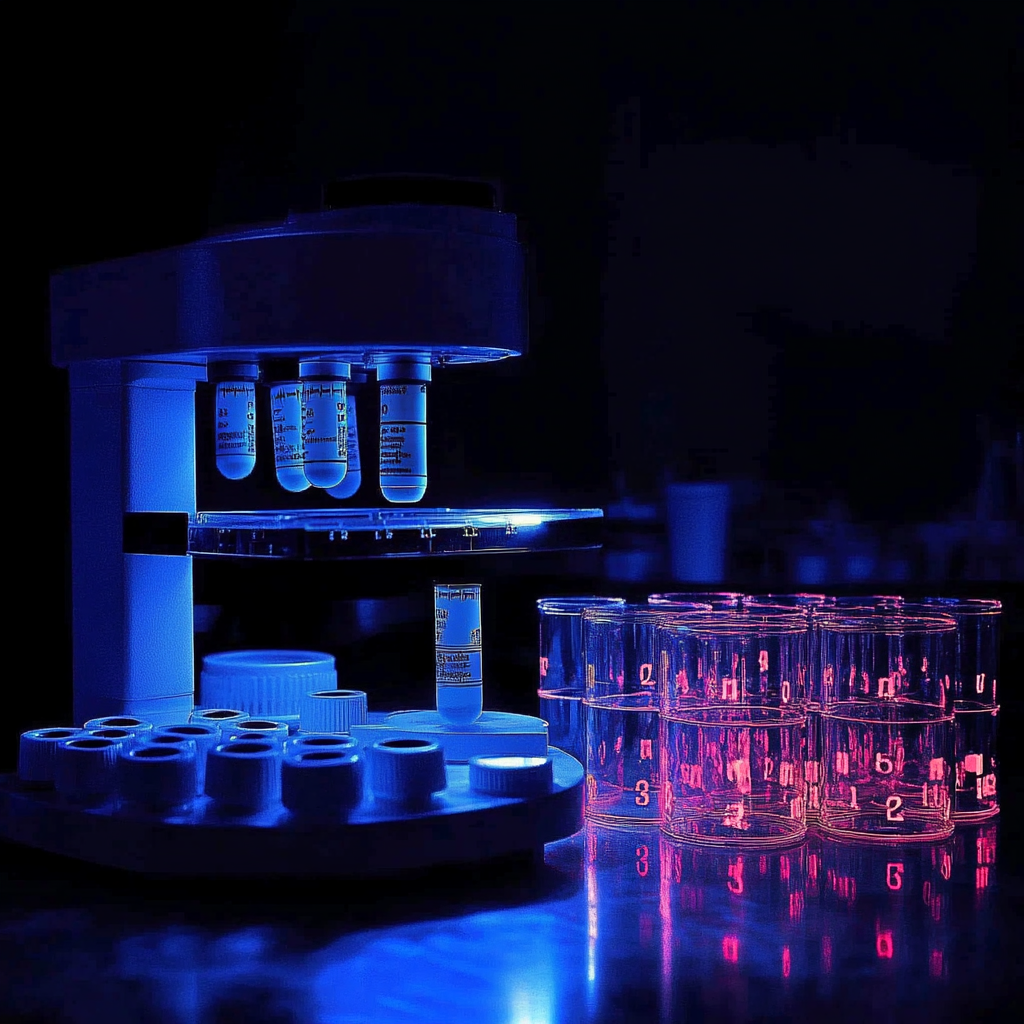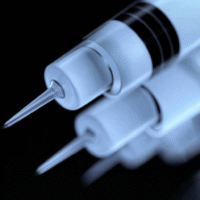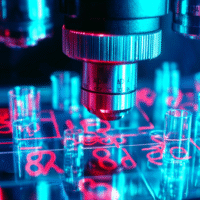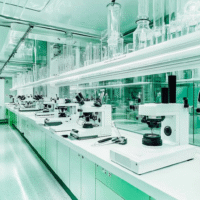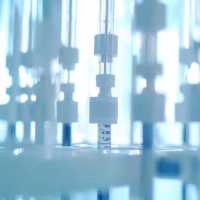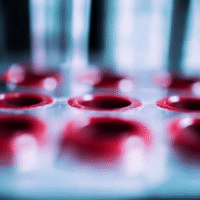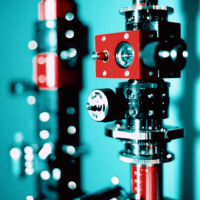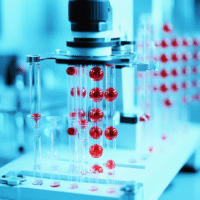Understanding the Research on Liver Health
What is the Study About?
This study looked at how well different ultrasound techniques can help doctors check for liver problems in people with metabolic dysfunction-associated steatotic liver disease (MASLD). This condition can lead to more serious liver issues, and it’s important to find out who is at risk.
What Did the Study Find?
- Effective Techniques: Two ultrasound methods, called transient elastography and two-dimensional shear-wave elastography, were very good at identifying advanced liver damage.
- New Scoring System: A new score combining liver viscosity and other tests showed promise in identifying patients at risk for more severe liver disease, known as metabolic dysfunction-associated steatohepatitis (MASH).
- Reducing Unnecessary Biopsies: Using this new score can help doctors decide who really needs a liver biopsy, which is an invasive procedure. This means fewer patients will have to undergo this uncomfortable test if they are at low risk.
How Does This Help Patients and Clinics?
These findings can help patients by:
- Reducing the number of invasive tests they need.
- Helping doctors identify those who may need more urgent treatment.
- Improving overall liver care and monitoring.
What Can Hospitals or Doctors Do with These Findings?
- Implement the use of the new ultrasound techniques in their practice.
- Train staff on how to use the new scoring system for better patient assessments.
- Use the findings to educate patients about their liver health and the importance of monitoring.
What Should Clinics Track After Using These Results?
- Number of patients assessed with the new ultrasound techniques.
- Reduction in the number of liver biopsies performed.
- Patient outcomes and follow-up results after using the new scoring system.
Are There Any AI Tools That Can Help?
Yes! AI tools can assist in analyzing ultrasound images and scoring liver conditions more accurately, making the process quicker and more efficient.
Step-by-Step Plan for Clinics
- Start Small: Begin by training a few staff members on the new ultrasound techniques.
- Implement Gradually: Introduce the techniques in a small group of patients first.
- Evaluate Results: Monitor the effectiveness and patient feedback.
- Expand Use: Once comfortable, roll out the techniques to more patients and integrate the scoring system into regular practice.
Learn More
For more details on this research, you can read the full study here.
